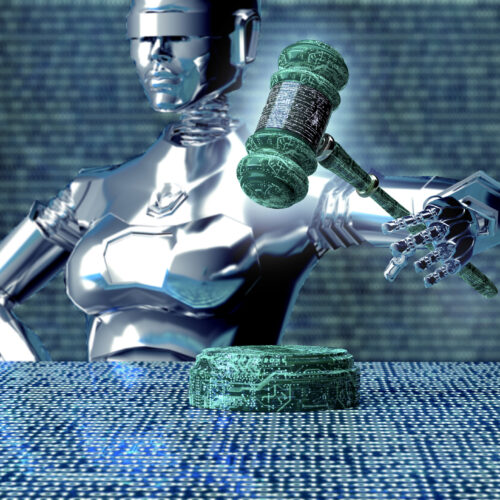Trump wants to ban 'woke AI.' Here's why it's hard to make a truly neutral chatbot.
Roy Rochlin/Getty Images for Hill & Valley Forum
- Donald Trump issued an executive order mandating that AI used by the government be ideologically neutral.
- BI's reporting shows training AI for neutrality often relies on subjective human judgment.
- Executives at AI training firms say achieving true neutrality is a big challenge.
President Donald Trump's war on woke has entered the AI chat.
The White House on Wednesday issued an executive order requiring any AI model used by the federal government to be ideologically neutral, nonpartisan, and "truth-seeking."
The order, part of the White House's new AI Action Plan, said AI should not be "woke" or "manipulate responses in favor of ideological dogmas" like diversity, equity, and inclusion. The White House said it would issue guidance within 120 days that will outline exactly how AI makers can show they are unbiased.
As Business Insider's past reporting shows, making AI completely free from bias is easier said than done.
Why it's so hard to create a truly 'neutral' AI
Removing bias from AI models is not a simple technical adjustment — or an exact science.
The later stages of AI training rely on the subjective calls of contractors.
This process, known as reinforcement learning from human feedback, is crucial because topics can be ambiguous, disputed, or hard to define cleanly in code.
The directives for what counts as sensitive or neutral are decided by the tech companies making the chatbots.
"We don't define what neutral looks like. That's up to the customer," Rowan Stone, the CEO of data labeling firm Sapien, which works with customers like Amazon and MidJourney, told BI. "Our job is to make sure they know exactly where the data came from and why it looks the way it does."
In some cases, tech companies have recalibrated their chatbots to make their models less woke, more flirty, or more engaging.
They are also already trying to make them more neutral.
BI previously reported that contractors for Meta and Google projects were often told to flag and penalize "preachy" chatbot responses that sounded moralizing or judgmental.
Is 'neutral' the right approach?
Sara Saab, the VP of product at Prolific, an AI and data training company, told BI that thinking about AI systems that are perfectly neutral "may be the wrong approach" because "human populations are not perfectly neutral."
Saab added, "We need to start thinking about AI systems as representing us and therefore give them the training and fine-tuning they need to know contextually what the culturally sensitive, appropriate tone and pitch is for any interaction with a human being."
Tech companies must also consider the risk of bias creeping into AI models from the datasets they are trained on.
"Bias will always exist, but the key is whether it's there by accident or by design," said Sapien's Stone. "Most models are trained on data where you don't know who created it or what perspective it came from. That makes it hard to manage, never mind fix."
Big Tech's tinkering with AI models has sometimes led to unpredictable and harmful outcomes
Earlier this month, for example, Elon Musk's xAI rolled back a code update to Grok after the chatbot went on a 16-hour antisemitic rant on the social media platform X.
The bot's new instructions included a directive to "tell it like it is."













